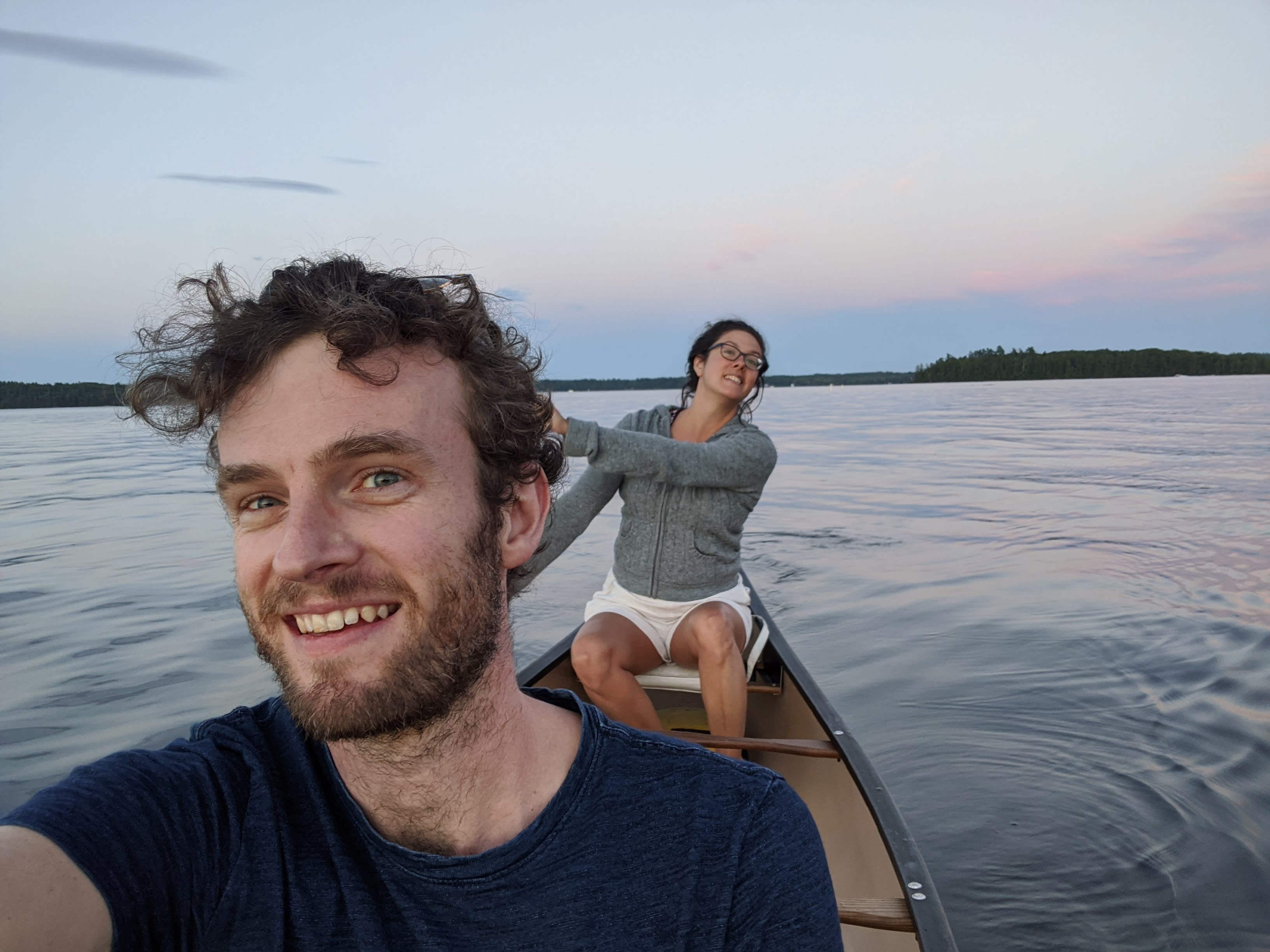Open Philanthropy’s “Day in the Life” series showcases the wide-ranging work of our staff, spotlighting individual team members as they navigate a typical workday. We hope these posts provide an inside look into what working at Open Phil is really like. If you’re interested in joining our team, we encourage you to check out our open roles.
Alex Bowles is a Senior Program Associate on Open Philanthropy’s Science and Global Health R&D team[1], and a member of the Global Health and Wellbeing Cause Prioritization team. His responsibilities include estimating the cost-effectiveness of research and development grants in science and global health, identifying and assessing new strategic areas for the team, and investigating new Open Phil cause areas within global health and wellbeing.

Day in the Life
I’m part of the ~70% of Open Phil staff who work remotely—apart from OP Togetherness Weeks and when I’m traveling for conferences, I start each day from my desk at home in Ottawa, Canada. I wear two hats at OP: I support strategy on the Science and Global Health R&D team, and I assess new potential Open Phil cause areas as part of the GHW Cause Prioritization team. Some parts of these roles are pretty separate, but many aspects overlap.
The GHW Cause Prioritization team produces a lot of internal research into areas that OP might consider making grants in. This morning, I’m reading a medium-depth investigation written by my colleague Rafa about economic growth in low- and middle-income countries before meeting with the cause prio team to discuss our thoughts.
After that, I’ll join the weekly Science and Global Health R&D team meeting. It’s a great opportunity to catch up with my team (which is scattered across three time zones and three countries), hear about new grant opportunities our program officers are investigating, and pick my colleagues’ brains for specific technical or scientific opinions. There’s a range of expertise on our team, so one person can tell me all I need to know (and more) about how different malaria vaccines work while another helps me think through the nitty-gritty of how particular grants might support health policy changes we care about.
One place where my two roles converge is exploring new areas that the Science and Global Health R&D team is considering investigating for grantmaking opportunities. Program officers have independent discretion to make grants in areas they identify, but my exploratory work can help them and the team’s leadership better understand which areas are most important and neglected. Today I’m investigating how funding hepatitis C vaccine development might fit within our frameworks. At the moment, I’m studying projections of how much existing treatments might reduce the disease burden in the coming decades, so we can better understand the burden a vaccine available in, say, ten years might address.
I often spend part of my day creating an initial “back-of-the-envelope calculation” (BOTEC) to gauge the cost-effectiveness of a grant a program officer is investigating. Today is no different, as I’m currently focused on estimating the cost-effectiveness of a grant to support the development of a new approach to malaria vaccines. This includes thinking through the project’s likelihood of success, our predictions about the potential vaccine’s effectiveness, and the extent to which our funding might speed up the project.
To learn more about our team’s work, I highly recommend the blog of Jacob Trefethen, who leads our team and manages me. Recent posts cover health technologies that could exist in five years (but probably won’t) and a voucher program that incentivizes drug companies to work on neglected tropical diseases.
- ^
While the Scientific Research program preceded the existence of the Global Health R&D program, staff from both programs work together so closely that we think of ourselves as a single team (Science and Global Health R&D).

Nice work on these day in the life posts